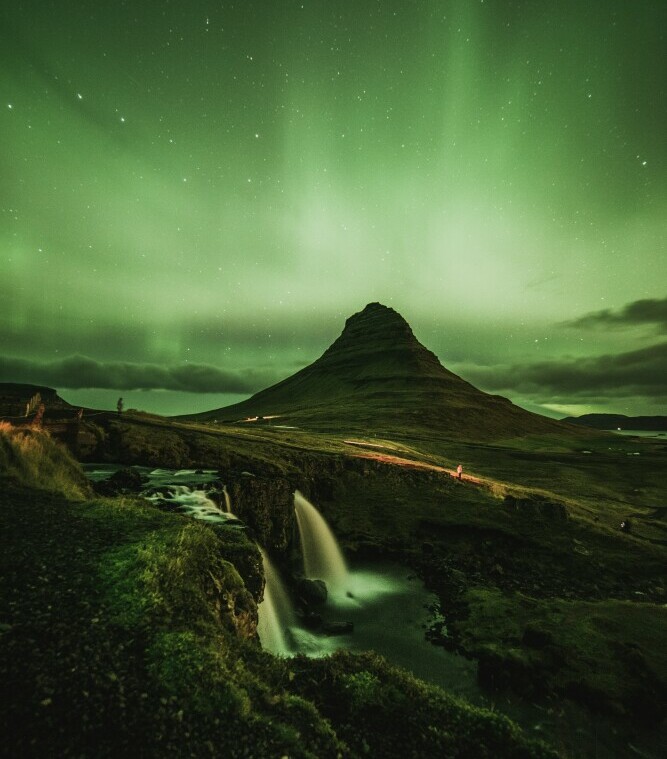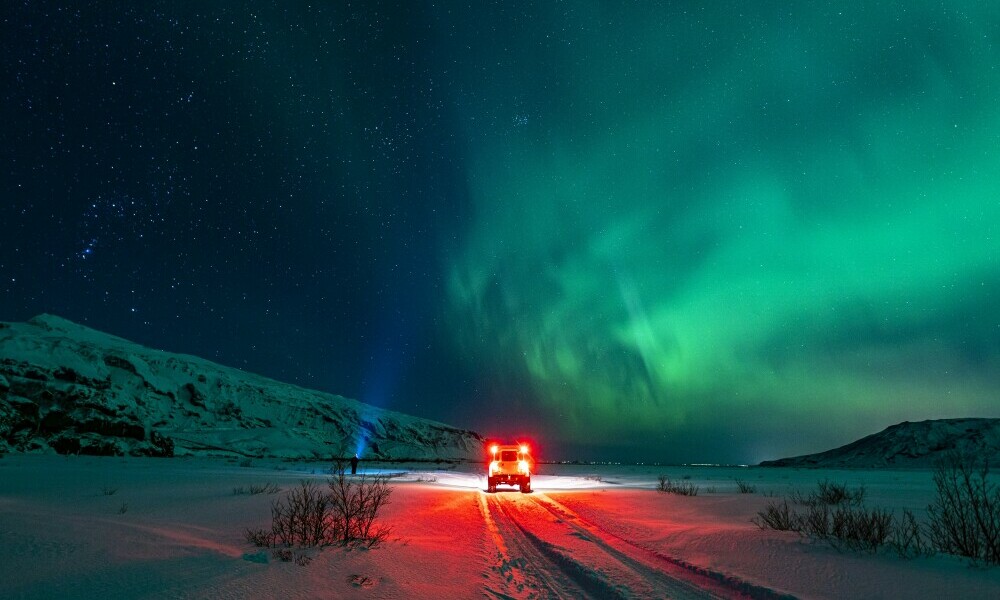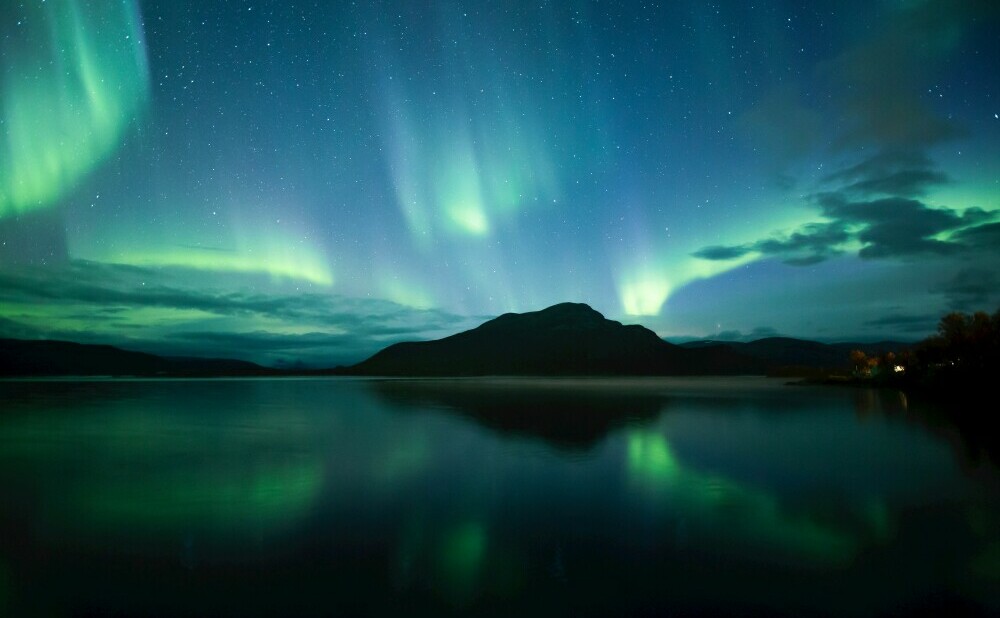 Alexander Milo. (2017) the Northern Lights Iceland [Photograph]. Unsplash.
Alexander Milo. (2017) the Northern Lights Iceland [Photograph]. Unsplash.
The Northern Lights, or aurora borealis, are among nature’s most mesmerizing spectacles. These glowing, colorful displays result from solar particles colliding with atmospheric gases, creating an unforgettable celestial dance. For photographers, capturing this phenomenon is both a challenge and an opportunity to create extraordinary images.
However, successful Northern Lights photography requires more than being in the right place at the right time. Timing is critical, as the aurora is most visible during winter’s dark, cold months. Location is equally essential; destinations like Norway, Canada, and Alaska, close to the magnetic poles, provide the best viewing opportunities.
Understanding key factors like the KP index (which measures geomagnetic activity), local weather conditions, and light pollution is essential before heading out. Remote, dark-sky locations far from city lights offer the best visibility. Preparation is vital due to unpredictable weather and light conditions, and having the right gear and techniques ensures you’re ready to capture fleeting moments of auroral beauty.
Below, we’ll dive into the essential equipment and tips that will help you succeed in photographing the Northern Lights.
Camera Essentials: Navigating the Technicalities
 Jonatan Pie. (2020) the Northern Lights Iceland [Photograph]. Unsplash.
Jonatan Pie. (2020) the Northern Lights Iceland [Photograph]. Unsplash.
Choosing the right camera is the first step. A camera with manual controls is non-negotiable, as automatic modes often struggle in low-light conditions. Both DSLRs and mirrorless cameras work well, offering manual focus and control. DSLRs typically provide longer battery life (a bonus in cold weather), while mirrorless models are lighter and more compact.
Lenses play a crucial role in capturing the aurora. Wide-angle lenses with a maximum aperture of f/2.8 or wider are ideal for gathering light, allowing shorter exposure times, and minimizing star trails—lenses with aspherical elements to reduce distortion are essential for expansive night skies.
For the sensor, full-frame cameras are preferred for their superior low-light performance and reduced noise at high ISO settings. However, cameras with crop sensors can still produce excellent results when paired with the right lens.
The Photographer’s Toolkit: Must-Have Accessories
 Landon Arnold. (2018) the Northern Lights Iceland [Photograph]. Unsplash.
Landon Arnold. (2018) the Northern Lights Iceland [Photograph]. Unsplash.
The right accessories can make or break your Northern Lights photography experience.
- Tripod: A sturdy tripod is a must-have for long-exposure shots. Choose one that can withstand wind yet remains lightweight for travel.
- Remote Shutter Release: This tool allows you to trigger the shutter without touching the camera, preventing vibrations. It’s also convenient for operating your camera while wearing gloves in freezing temperatures.
- Extra Batteries: Cold weather drains batteries quickly. Carry spares and keep them close to your body to maintain their charge.
- Storage Solutions: High-resolution images occupy significant space, especially in RAW format. Bring multiple memory cards and consider portable storage options.
- Lens Accessories: Lens hoods can reduce flares; filters may help manage tricky lighting conditions.
Post-Production Perfection: Editing Your Aurora Images
 Sami Matias. (2019) the Northern Lights [Photograph]. Unsplash.
Sami Matias. (2019) the Northern Lights [Photograph]. Unsplash.
Capturing the aurora is only half the journey—editing your images brings them to life. Even the most stunning shots can benefit from post-processing to highlight details and enhance colors.
Tools like Adobe Lightroom, Photoshop, or alternatives like Capture One can help you fine-tune exposure, color balance, and contrast. Adjust the brightness to make the lights stand out against the night sky, but avoid over-saturating colors to maintain a natural look.
Noise is a common challenge in night photography. Use noise reduction tools carefully to retain sharpness in stars and auroral details.
Once your images are polished, share them through social media, blogs, or a professional portfolio. Be sure to back them up digitally and physically to preserve these extraordinary moments forever.
With the proper preparation, equipment, and editing, you can capture breathtaking Northern Lights images and share this awe-inspiring experience with the world.
Disclaimer: This information is for general guidance only and may not apply to all camera models or specific shooting situations. Always consult your camera’s manual for detailed instructions and safety information.
For additional blogs, please visit: https://northernlightsshuttertech.com/
(This post contains affiliate links. If you make a purchase, I may receive a small commission at no cost to you )

